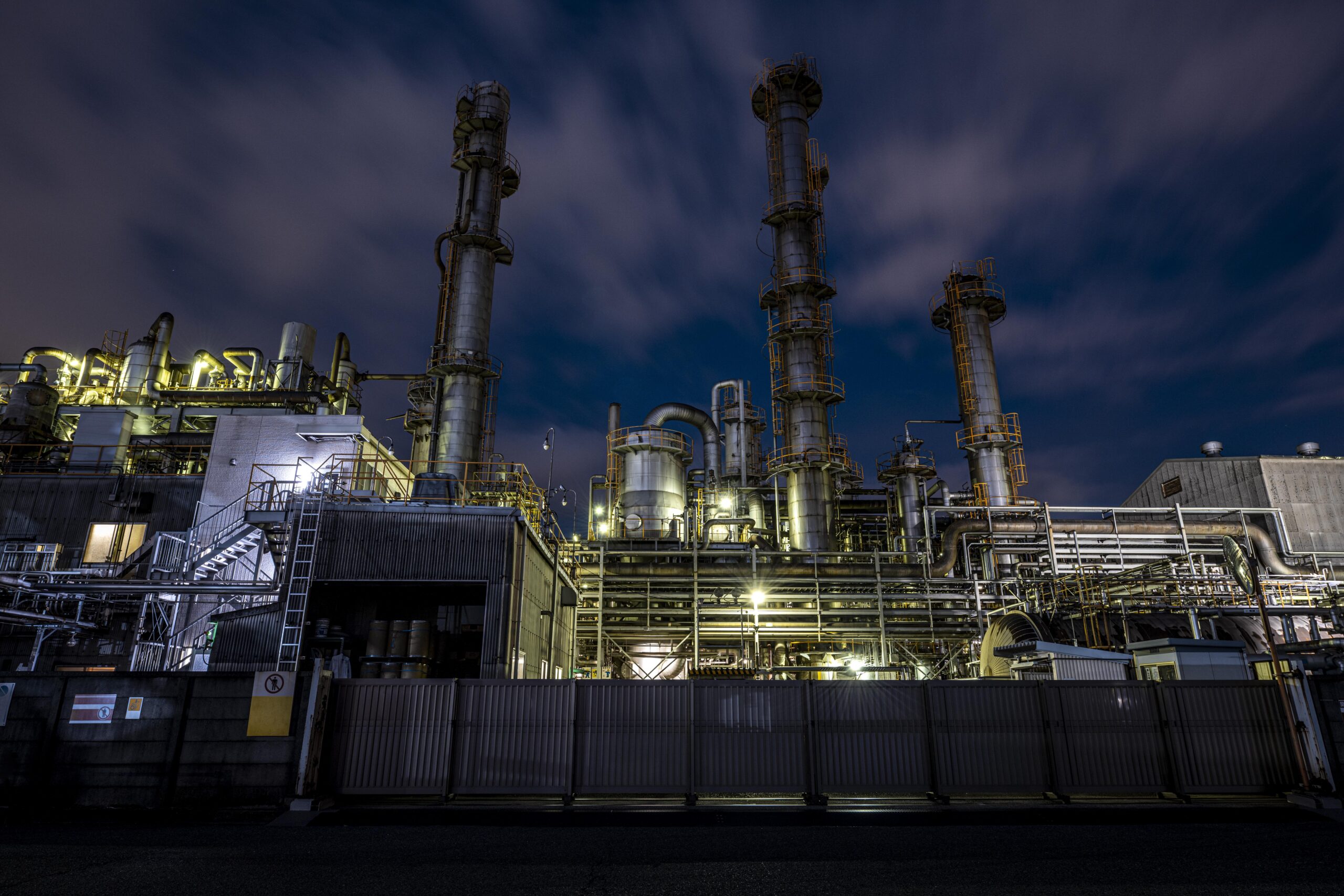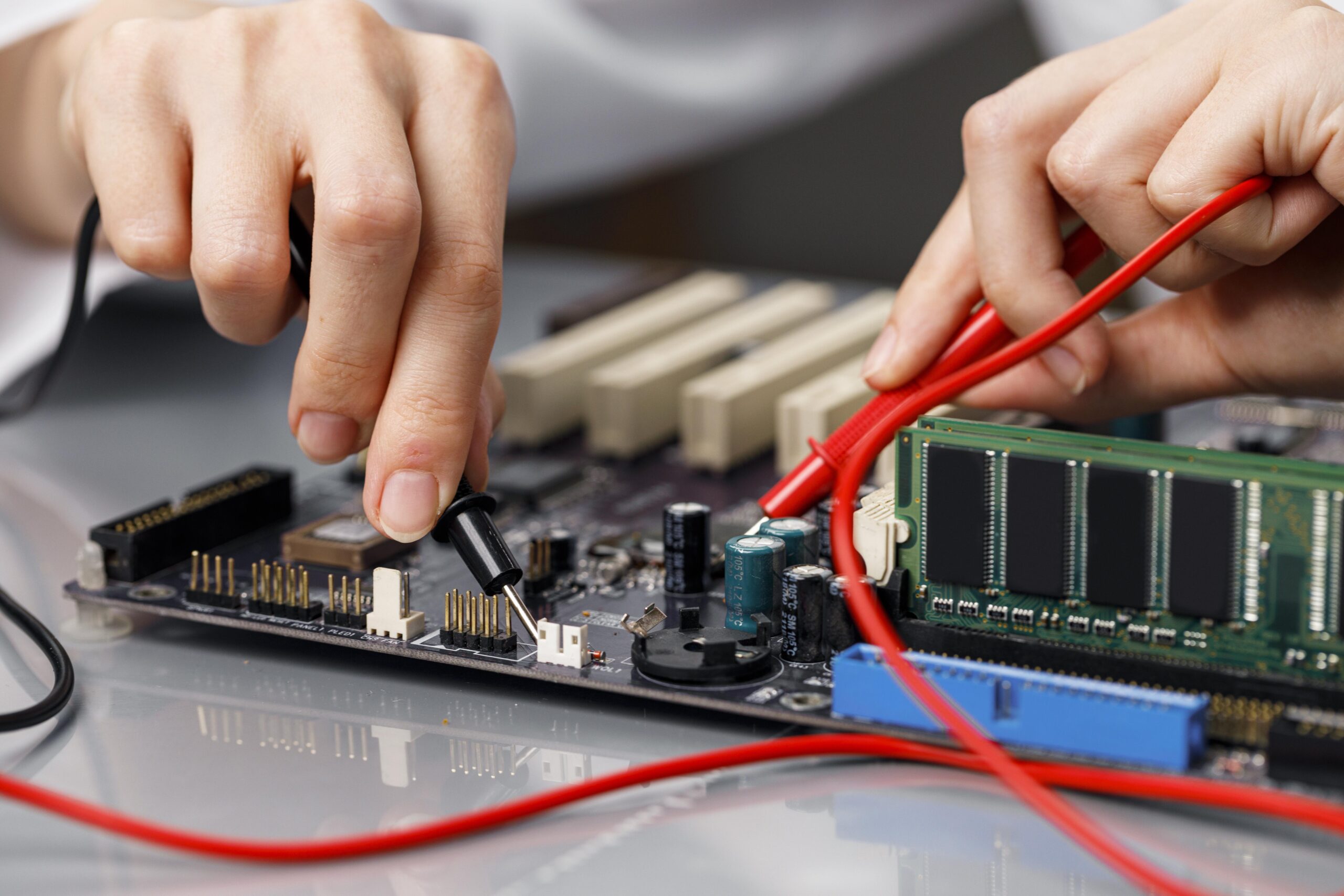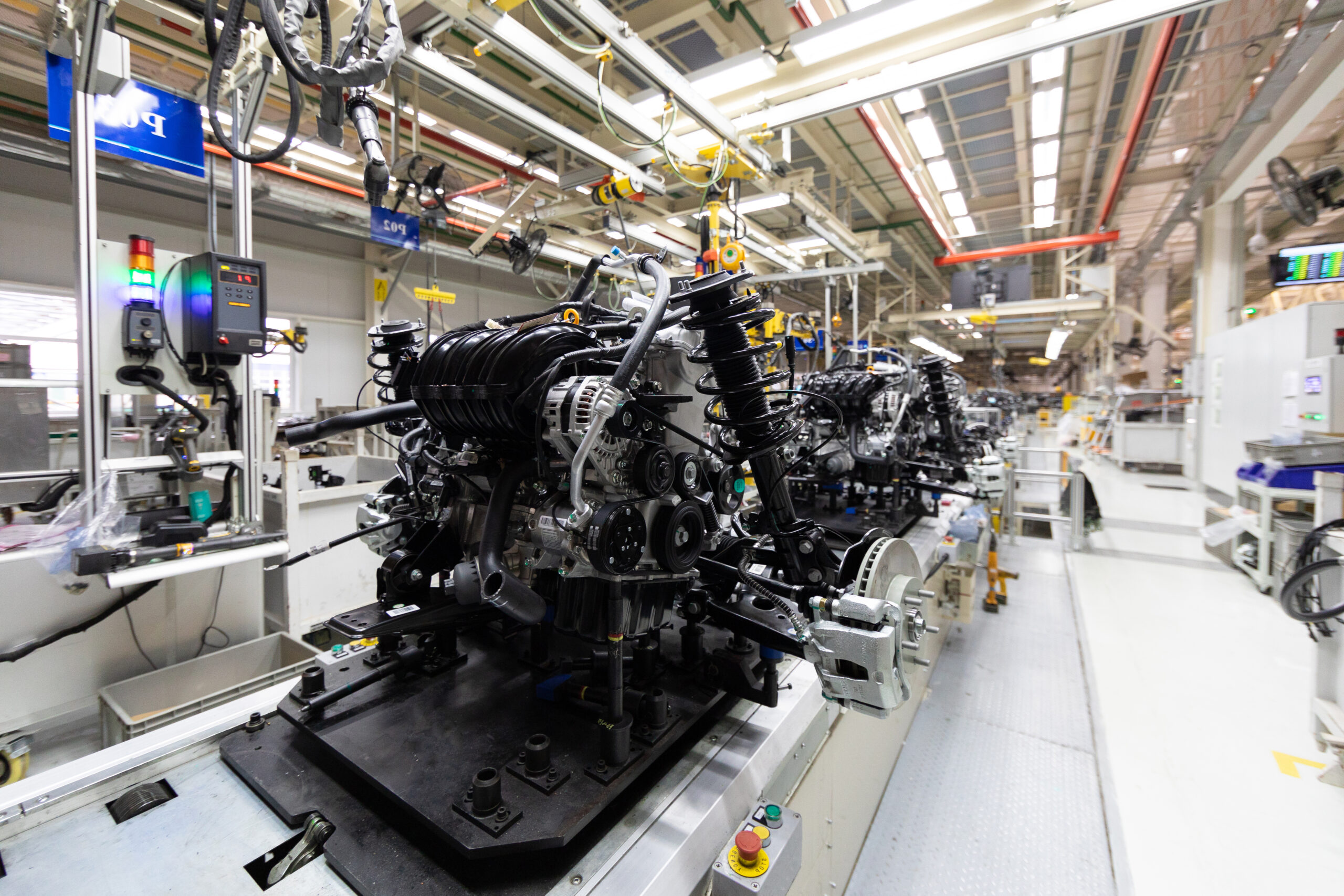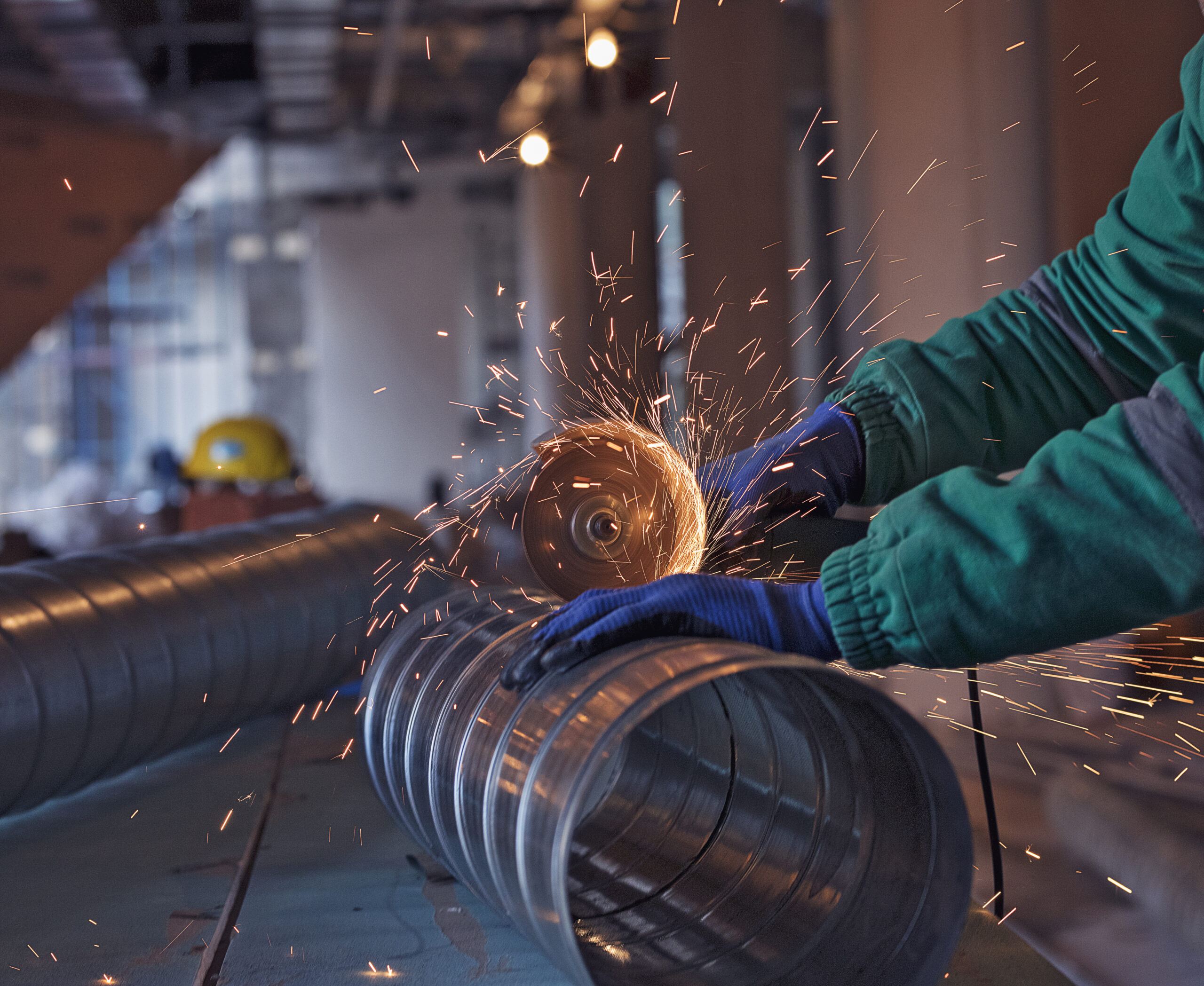Open Die Forging Services for Large, High-Integrity Metal Parts
Large, Custom Forgings for Maximum Strength and Performance
Manufyn offers precision open die forging services for large and custom-shaped metal components that demand superior strength, grain flow, and reliability. Trusted across industries like oil & gas, power, heavy equipment, and aerospace, our open die forgings are engineered to meet the most demanding mechanical and metallurgical standards.
















